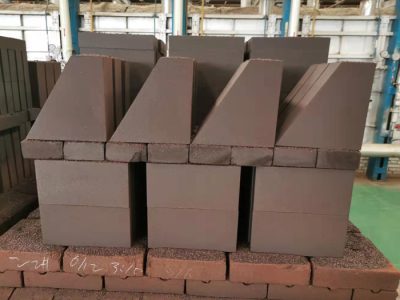When it comes to building and construction materials, both firebrick and common brick play important roles, but they have distinct characteristics and uses.
Firebrick is specially designed to withstand extremely high temperatures and has excellent heat resistance. It is often used in applications where intense heat is involved, such as in furnaces, kilns, and fireplaces. The composition and manufacturing process of firebrick make it capable of withstanding temperatures that would cause common brick to crack or deteriorate.

Firebrick
Common brick, on the other hand, is more suitable for general construction purposes like building walls and structures. It is not engineered to handle the extreme heat conditions that firebrick can endure. While common brick is cost-effective and widely available, it lacks the heat-resistant properties of firebrick.
Another significant difference lies in their physical properties. Firebrick is denser and has lower porosity compared to common brick. This density helps it resist heat transfer and provides better insulation in high-temperature environments.
In terms of appearance, firebrick may have a more uniform and smooth surface, while common brick can have more variations in texture and color.
When making a choice between firebrick and common brick, it is essential to consider the specific requirements of the project. If heat resistance is a crucial factor, firebrick is the obvious choice. However, for typical construction needs where heat exposure is not a major concern, common brick is a more practical and economical option.
In conclusion, understanding the differences between firebrick and common brick allows for informed decisions in various building and industrial applications.
